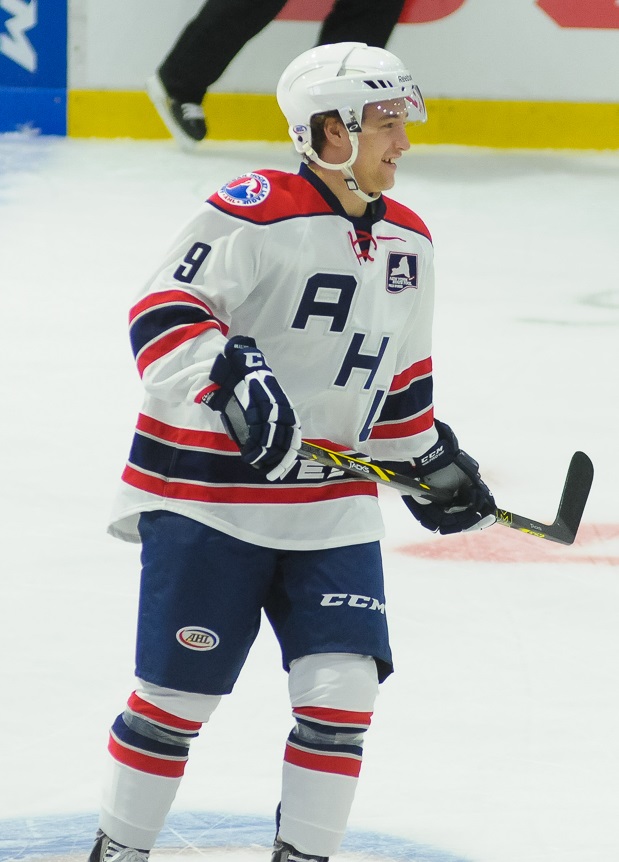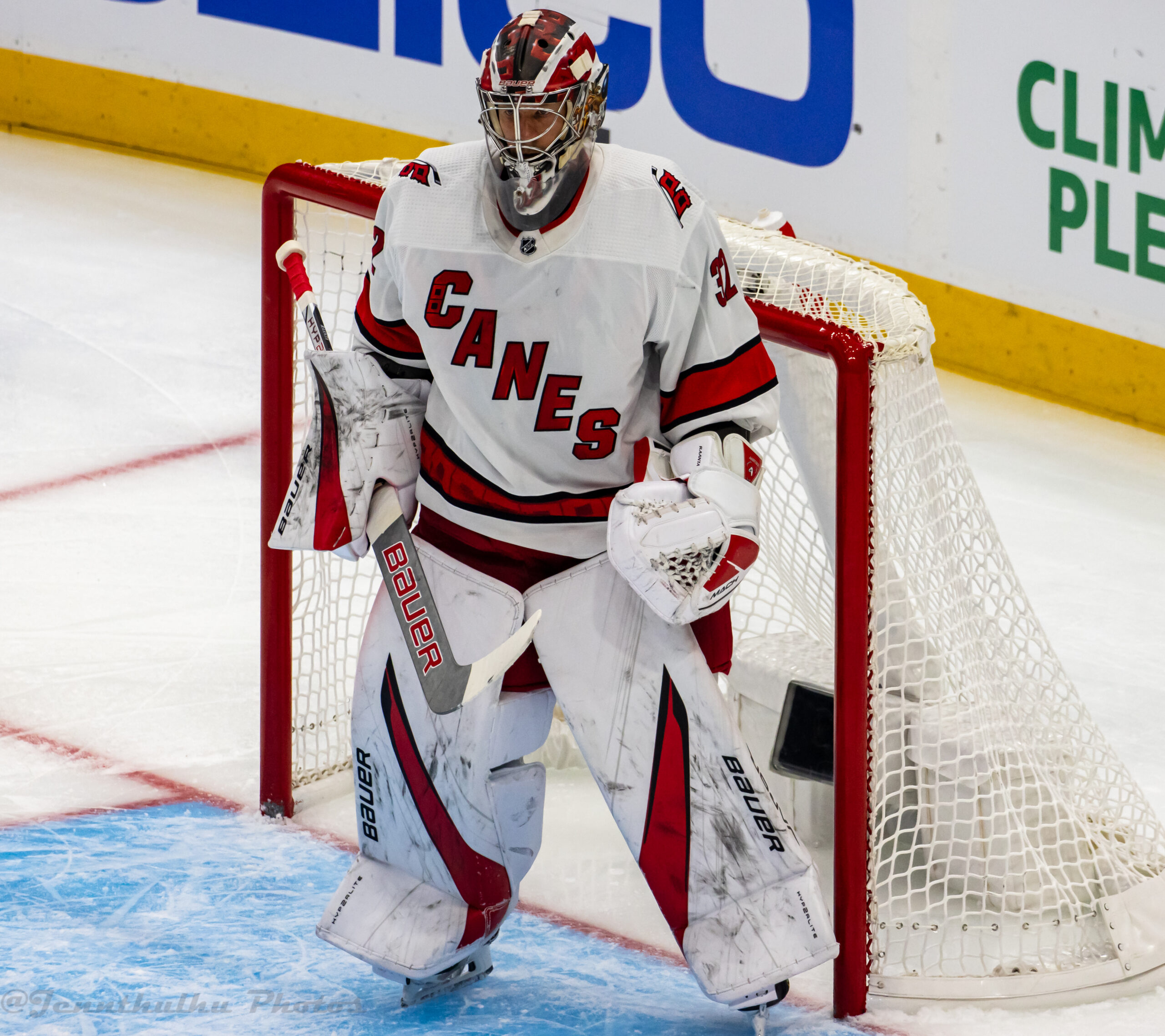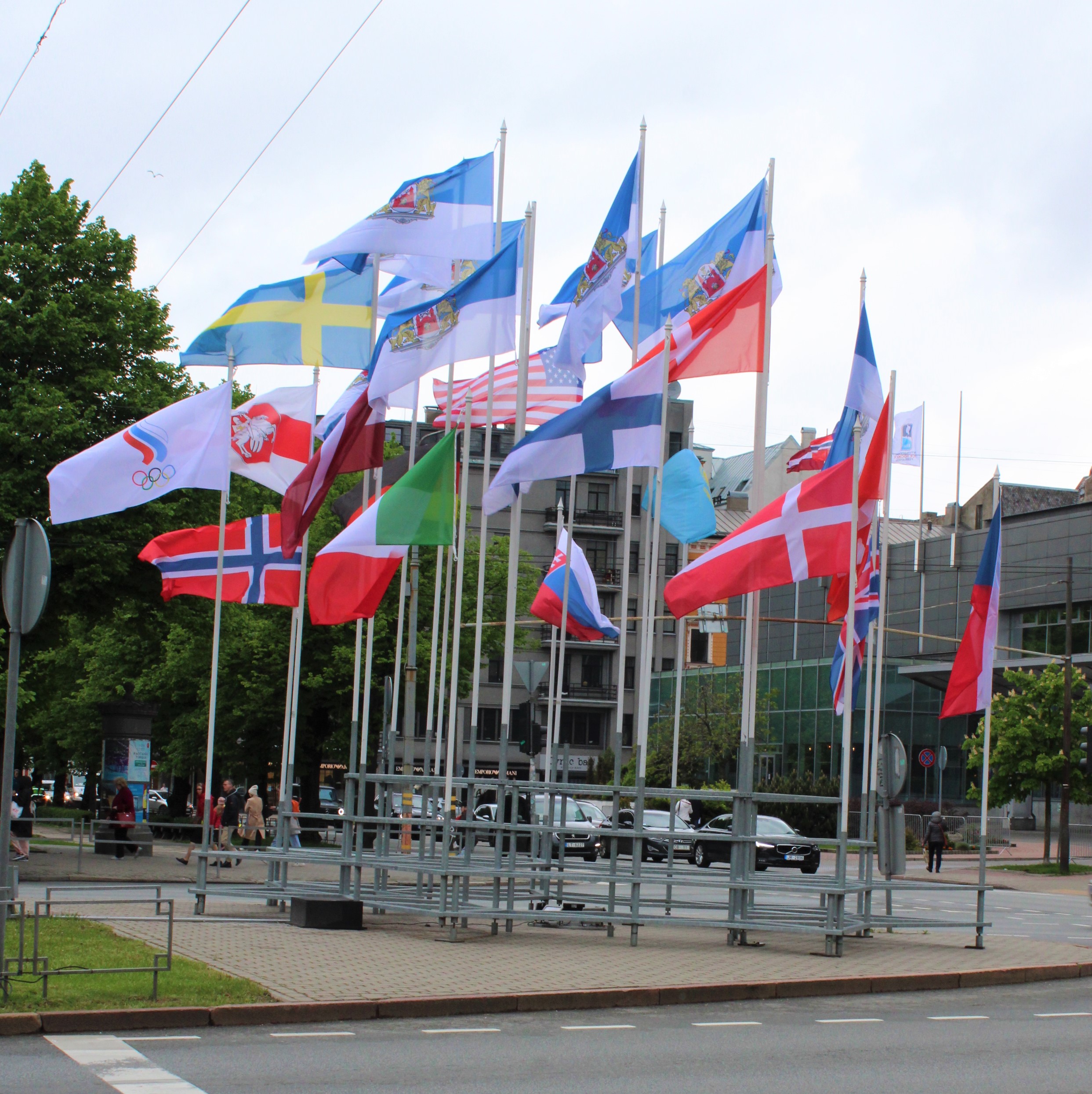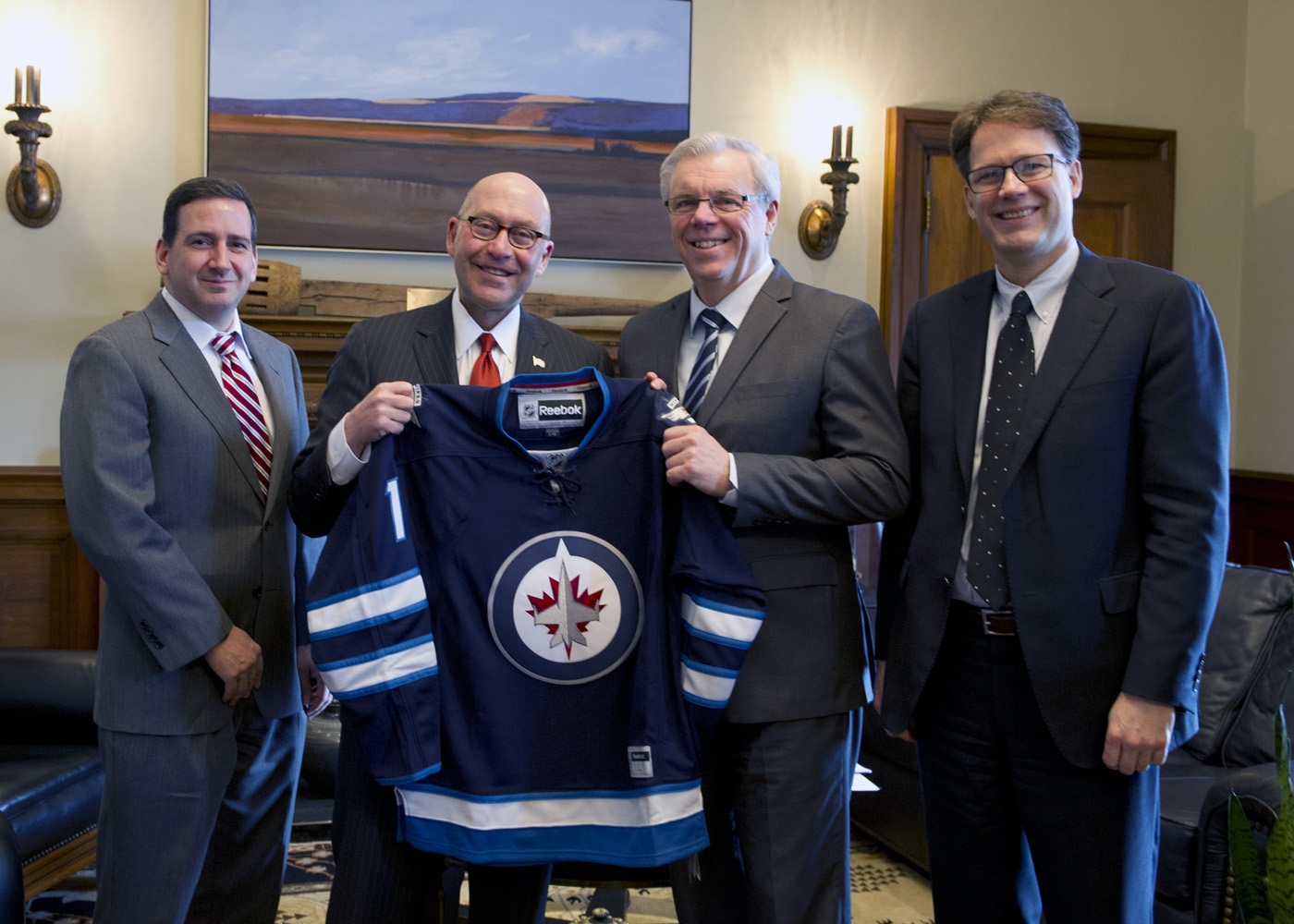By Alec Roberson and Mikhail Bryan
A few weeks ago Brendan Leipsic of the Washington Capitals was released after screenshots of private Instagram conversations were leaked and posted on Twitter, Instagram and other publicly available outlets. These screenshots showed Leipsic and his brother, among other friends, talking about a variety of NHL players and their significant others, women in general and drugs. In no way is what Leipsic and others said irreprehensible, nor should their behavior be condoned.
However, as with most things that are considered “leaked” by nature, there are sometimes both broader and deeper issues to examine.

Can the Capitals Simply Terminate Leipsic’s Contract?
If you have been following our blog, you may remember from our article about Jake Dotchin and the Tampa Bay Lightning that the NHL’s Standard Player’s Contract (“SPC”), while typically considered a guaranteed contract (unlike the NFL) meaning the team cannot just unilaterally terminate the SPC, does include an “out” provision for material breaches of contract as well as other provisions that allow for applicable punishments including suspensions. If you have not read that article check it out here. The SPC is the form contract provided in the NHL’s Collective Bargaining Agreement (“CBA”) that every team and player must use. You may also remember that a “material breach of contract” in a SPC seems to be a very ambiguous standard that the SPC, history and precedent do little to help define. Well…….here we go again.
Based on the fact there seems to be no other way for a team to unilaterally terminate the SPC (besides a buy-out which is an entirely different mechanism), Leipsic was likely terminated under this material breach of contract provision. We say this also under the assumption his SPC was not mutually terminated by both parties. There are other provisions that speak to this type of incident but none provide a way for the team to unilaterally terminate the SPC. For example, Paragraph 2, (e) of the SPC states that the Player agrees “to conduct himself on and off the rink according to the highest standards of honesty, morality, fair play and sportsmanship, and to refrain from conduct detrimental to the best interest of the Club, the League or professional hockey generally.” Well great, but what happens if such player fails to live up to that standard? What is the punishment? Is it a material breach of the SPC and who decides that, the team? Later in the SPC in Paragraph 4, it provides that a team may “establish reasonable rules governing the conduct and conditioning of the Player.” But in the event the player violates those rules, the punishment allowed to be carried out by the team only comes in the form of a “reasonable fine” or suspension of the player.
This seems to leave us with one way a team can unilaterally terminate the SPC: a player’s material breach of contract. This is provided in Paragraph 14 of the SPC and is stated verbatim as follows:
14. The Club may also terminate this SPC upon written notice to the Player (but only after obtaining Waivers from all other Clubs) if the Player shall at any time:
(a) fail, refuse, or neglect to obey the Club’s rules governing training and conduct of Players, if such failure, refusal or neglect should constitute a material breach of this SPC.
(b) fail, refuse or neglect to render his services hereunder or in any other manner materially breach this SPC.
If you break this down it makes sense that this was likely used to terminate Leipsic’s contract. He was first put on waivers and then his contract was terminated. The SPC provides very little guidance to determine what a material breach of contract may actually be. We would think we could look to history to see how arbitrators have decided these questions, but it seems in every instance where this becomes an issue the team and the player end up reaching a settlement (see Jake Dotchin and Mike Richards for example). One fascinating aspect of the handling of Leipsic’s situation and this analysis is that the Capitals may have actually muddied the water on the interpretation of a material breach of contract in a SPC based on their own previous actions.

History Doesn’t Repeat Itself
So let’s say Leipsic’s conduct, to the Capitals, constitutes a material breach of contract. Considering the termination of Leipsic’s contract, it begs the question, “Would the Capitals have felt the same if this were another player, say John Carlson or Evgeny Kuznetsov?” Well if we’re talking about Evgeny Kuznetsov, we already know the answer. In September of 2019 Kuznetsov was suspended for three games due to “inappropriate conduct.” That inappropriate conduct surfaced through a leaked video. The video showed Kuznetsov sitting at a table with what appeared to be cocaine laid out in front of him. Whether or not Leipsic’s leaked screenshots are better/worse than Kuznetsov’s leaked video is not up to us to determine.
What we can deduce is that these are both very controversial and inappropriate actions that members of the Capitals organization were participating in. However, the reaction and treatment from the Capitals organization was very, very different. Leipsic’s contract was terminated within days, Kuznetsov was suspended three games.
This sets a potentially dangerous precedent, both from a legal interpretation and organizational standpoint, that other NHL teams should be weary of following. From a business and hockey standpoint, essentially the message here is that if the player is irreplaceable, a top-end talent, and making a lot of money – stick by him. Deal with the PR headache and make sure that the team can come out of this without losing this player. But if the player is replaceable, in the bottom end of the lineup – let him go. He is not worth the headache, the face-saving, and it’s easier to just cut the cord. Much like many business decisions, there is a cost benefit analysis that is used here where the player’s value on the ice seems to be weighed against the trouble he has caused off of it.
But what if Leipsic were to file a grievance, challenge his termination and put the decision in the hands of a neutral arbitrator? Any grievance for a breach of contract issue filed by a player must be decided by an independent arbitrator pursuant to Article 17 of the NHL’s CBA as well as the SPC. The precedent set by the Capitals themselves on their treatment of Kuznetsov could potentially end up detrimental to the Capitals. It seems pretty clear that the NHL does not deem Leipsic’s actions even remotely acceptable, but, using legal principles and precedent, could a neutral arbitrator use moral conviction over precedent to reach a decision? Well, yes, but one would have to at least give consideration to the Capital’s treatment of Kuznetsov in analyzing the validity of them claiming Leipsic’s actions amounted to a material breach of contract. Meanwhile, Kuznetsov’s actions seem to have been handled as a violation of team rules pursuant to Paragraph 4 of the SPC. The standard set by the organization themselves seems to be fairly unclear. While Leipsic likely will not challenge his termination, if he or a Capitals’ player down the road challenges such a termination, who is to say whether an arbitrator would use the discrepancy between the treatment of Kuznetsov and Leipsic to challenge the Capitals’ position or not.
What is Privacy?
It is also important to note that these conversations were private in nature and were intended to stay that way. When a private conversation is taken out of that medium and shown to the public in the way these screenshots were, all context is lost. Does that make it okay to say offensive things? No. That is not the point. The broader issue here is that a private conversation was stripped of its context and shown to the public. The general reaction of the public was to villainize the person who made the offensive statements, but not pay any attention to the person who leaked the screenshots. In reality, both parties are wrong. Leipsic and the rest of the group should not be making these comments – and on that same note, whoever leaked the conversation should not be exposing that kind of thing to the public. Can good come of this? Yes, but good could have been achieved through other means.
The simple truth is that whether the private actions of an individual should be made public or not does not appear to matter once such actions are actually made public. Players now more than ever need to be mindful of their conduct, even in private, as the world becomes more “connected” and they go further under the microscope. At the end of the day, the NHL is a business and business based decisions have to be made. This leads to the player’s on ice skill set and value to the team being balanced against the PR cost of his now public off ice actions. It seems like the better the player, the more that is tolerated. It’s not really fair, but it’s business.
Is an Alternate Treatment Available?

By: Lindsay A. Mogle/AHL / CC BY
(https://creativecommons.org/licenses/by/2.0)
From an organizational standpoint, many people seem to think that the Capitals “had no choice” but to let Leipsic go. And for that matter, we can include the University of Manitoba where Leipsic’s younger brother was kicked off the hockey team and kicked out of the university last week. To release Leipsic and his brother is the easy thing to do. Save the PR nightmare and move on, it’s “just one bad apple.” Leipsic was a bottom line player, sometimes even a healthy scratch, so the flack the Capitals likely would have received keeping him probably outweighed the benefit of keeping him.
Of course, there are other considerations that we may be less privy to such as locker room chemistry. This is especially true considering some of the comments made about his own linemates. It is hard to affirmatively say whether the damage was beyond repair, but what many people seem to fail to realize, or even consider, is that there could be another option here.
What if the Capitals took the position to stand by their player? Commit to working with him and getting through this incident as stronger individuals, organizations and institutions. That is not easy to do. That takes courage and loyalty, commitment to someone you brought into your organization. And it takes a willingness to deal with the person through good and bad. There is no way to tell if this could be accomplished or not for Leipsic. It would take more than a training program (although that would likely be implemented much like the NHL’s substance abuse recovery program). It would almost take a culture change that each party is willing to buy into. But what if, as an organization and as a league, the teams and the NHL could actually work to foster a culture shift to prevent actions like this? It may be a long shot, but it is one that is at least worth considering.
Conclusion
At the end of the day, Leipsic is human just like Kuznetsov. They each have a right to say and do as they please, as they have shown. They also have to suffer the consequences of their actions. Likewise, the Capitals have a right within the confines of the SPC and CBA to impose the consequences for such actions as they please, which they have also shown. They too have to suffer the consequences of their actions. The standard is what should be closely analyzed. Not only is a deviation from that standard questionable at baseline, but may potentially turn legally detrimental to the team down the road. If this same thing were to happen to another player, would the reaction have been the same? History says otherwise. The future may not say the same.



